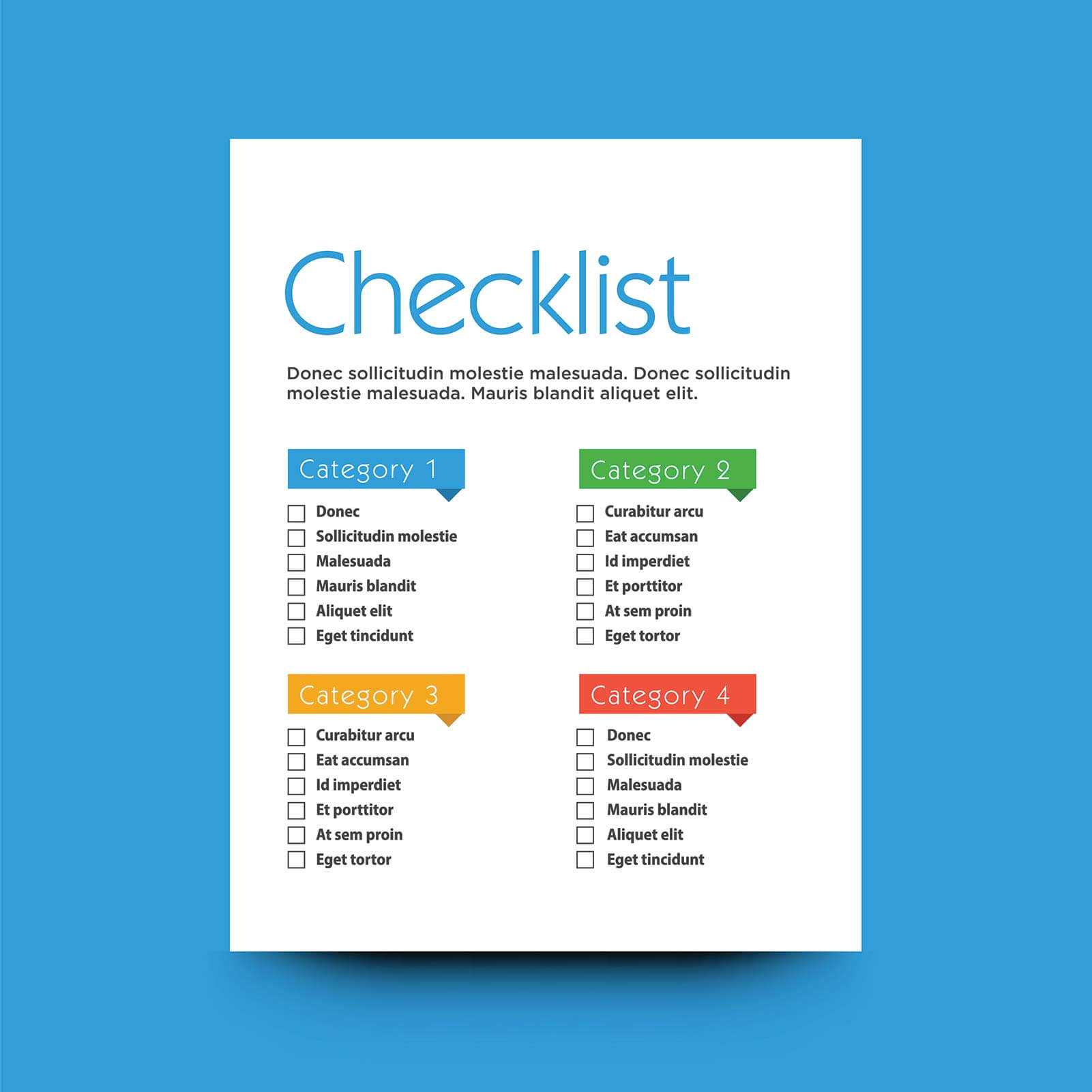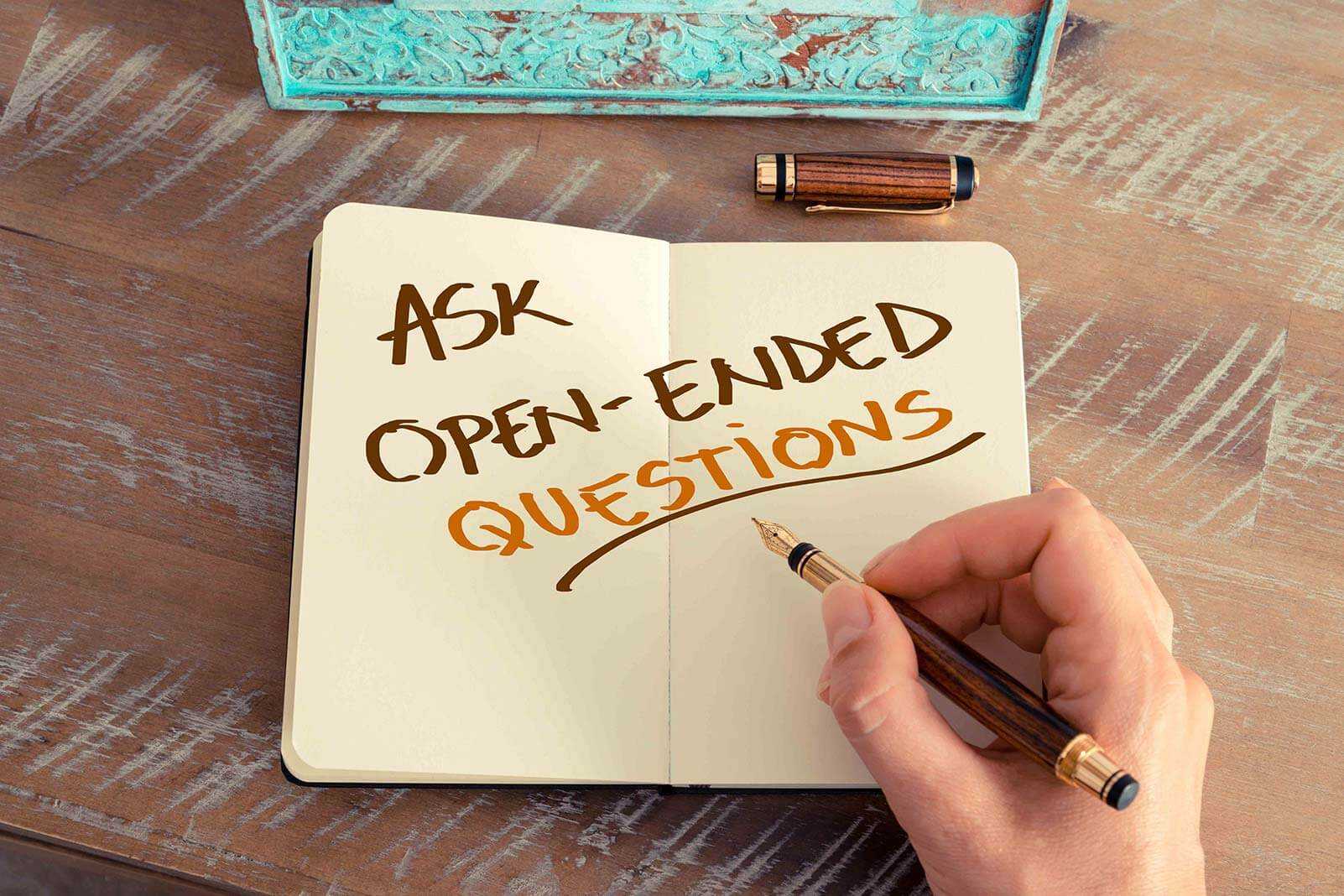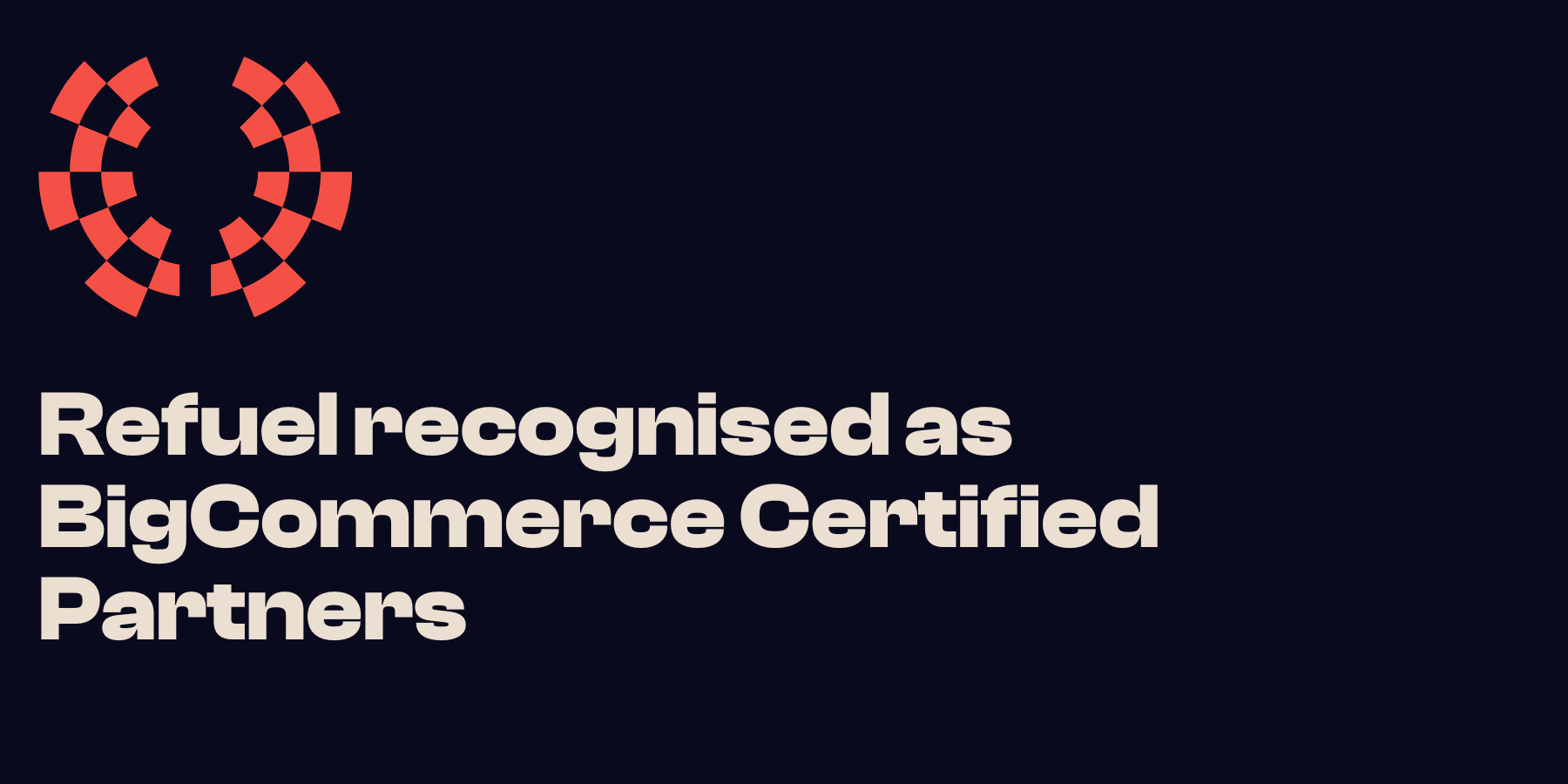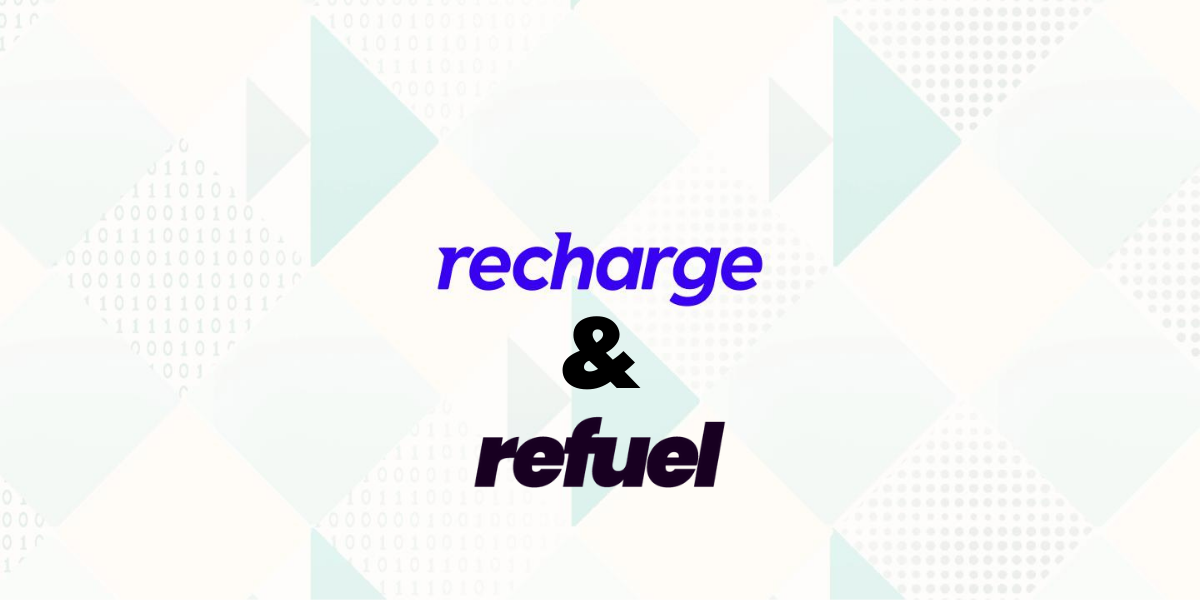How to ask for a testimonial from a client - 4 practical steps

Last updated: 01 September 2022
Have you ever looked at the customer testimonial page of some businesses and wondered how they get such amazing, detailed testimonials from their clients? The short answer is: they ask!
Seems simple and obvious, but if asking for testimonials leaves you feeling intimidated or desperate, we’ll walk you through how to get customer testimonials with effortless dignity and grace.
Why testimonials are important
Ask yourself, what’s one of the first things you do when you’re thinking of buying a new product, or using a new service provider? If you’re like 92% of consumers, you’re going to be heading online to look at customer reviews and testimonials.
The more glowing the reviews, the more likely you’ll be to purchase. Your potential customers are no different.
Customer and client testimonials are the social proof people are looking for when deciding whether to or not to trust you with their hard-earned cash. Even better, great testimonials about your product or service can lead to increased conversions and revenue.

Authenticity is the key
It might be tempting to wonder if you can just get your friends and family to pose as customers and write some spanky reviews to dazzle potential new customers. Or maybe trade a positive testimonial for a freebie or two. The ACCC (Australian Competition and Consumer Commission) clearly states:
“..your business must not make false or misleading claims about the quality, value, price, age or benefits of goods or services, or any associated guarantee or warranty. Using false testimonials or ‘passing off’ (impersonating another business) is also illegal.”
You can read all the rules and regs on the Australian Competition and Consumer Commission's website.
Which brings us to the hot ticket item.
How to ask for reviews and testimonials
Most of us can feel a little uncomfortable asking for positive reviews, or we might pop something like “If you’re happy with our service, tell a friend; if you’re unhappy, tell us” on an invoice and consider our work done. OK, it’s a start, but you still risk positive reviews that are limited to “we were really happy with Gary’s work”.
This is still a long way from the testimonials that paint inspiring success stories about working with “Brilliant Business A”. It pays to remember that while we might not know how to ask testimonials, our happy customers might not know how to write a testimonial either.
So how do we get around all these hurdles? Let’s take it one step at a time.

Step 1 - What type of testimonials do you want?
Do you want material for website testimonials, or will people be leaving star-ratings and comments on an external review site? Can you develop customer stories to create compelling sales pages or to generate material for press reviews? Have you considered video testimonials to share on social media?
Once you decide what style or mix of testimonials you want, you can look at how you’ll gather testimonials from your customers or clients.

Step 2 - Build a testimonial template
The idea here is to create a testimonial request in a way that’s relevant to your customer’s experience, and makes it easy for them to submit.
Your customers might prefer a link to an online survey for their online purchases or directly to the third-party review site to leave a rating. Others may be happy for you to send an email template for them to fill out. You could even ask people to share how they use your product as a way to get video testimonials from customers.
No matter what format you choose, creating a template to guide people through the process will make the process easier for everyone.

Step 3 - Ask leading, open-ended questions
Done right, this is a brilliant opportunity to unearth a wealth of information about you and your customers. You can uncover pain points, hesitations, features and benefits to emphasise, areas to build and improve, and marketing ideas you might not have thought of.
If you still feel a bit squeamish about asking directly for a testimonial, use this as an opportunity to ask your customer or client for feedback. If you’ve done your job right and followed-through on expectations, you shouldn’t have any problem putting a testimonial together from their responses.
Here’s a list a questions you should be asking:
What event or realisation made you seek out this product/service?
Get to the heart of what problem they were trying to solve, and what triggered them to take action.
What made you choose us over other businesses providing the same product/service?
Learn your strengths, point of difference and where your competitors are falling short.
What were your expectations? What outcomes or results were you looking for?
Discover what your messaging is communicating to your customers and the expectations being created.
Were those expectations met and if so, how? If not, what do you think should have been done differently?
Help your customer give specifics about how you achieved the outcomes they wanted. And if things didn’t go quite to plan, give them a chance to provide actionable feedback to resolve any issues.
Oddly enough, this can sometimes turn an unhappy customer into a solid advocate, if they feel you’re willing to listen, learn and follow-through.
Were there any areas we went above and beyond expectations? If so, can you tell us about that?
Here’s your chance for a solid, honest, well-deserved bragging point!
Were there any unexpected benefits from using our product/service?
Find new or important benefits to share with your target audience.
What would you say to someone else who could use our product/service to solve a similar problem?
An easy way for your customer or client to sum up their overall experience in their own words for a brief, quote-worthy comment on your website.
Is there any other feedback you’d like to give?
Here’s your customer’s chance to provide any other insights, suggestions, niggles or information to help you improve the products/services you provide.
Are you happy for us to use some, or all, of your feedback as a testimonial?
If you haven’t asked for a testimonial directly, consent is always a must. Happy customers will usually be more than happy for you to share their feedback, or to provide a testimonial.
With difficult projects, this is a chance to better understand where expectations weren’t met, or communications failed, to resolve the issues and mend fences. You could potentially turn it into a useful case study.

Step 4 - The best time to ask
Timing is everything - and the best time to ask for a testimonial might vary depending on what you sell. Products such as holidays, consumables, shows, events, in-person experiences, etc., are best to follow-up as soon as possible while the experience and excitement is still fresh. Let the enthusiasm flow!
Other products may need a little breathing space. Give your customer time to experience the benefits and features of your product or service. Follow up after a suitable time - which could be 1-3 months, even longer, depending on how long it can take to see results.
This might include products like skin or hair care products, electronic devices, whitegoods, gardening products, etc. Some services also take time to generate results, such those in finance, online marketing, coaching, healthcare, etc.
So don’t feel you have to collect testimonial straights off the bat. We recommend you use a CRM to automate follow-up testimonial requests - as well as building your all-important customer relationships.
Need more help?
If you need help learning how to use a CRM to automate testimonial requests, or building testimonial surveys or templates, get in touch with the team at Refuel Creative. We’ll help you get the testimonials you deserve!






